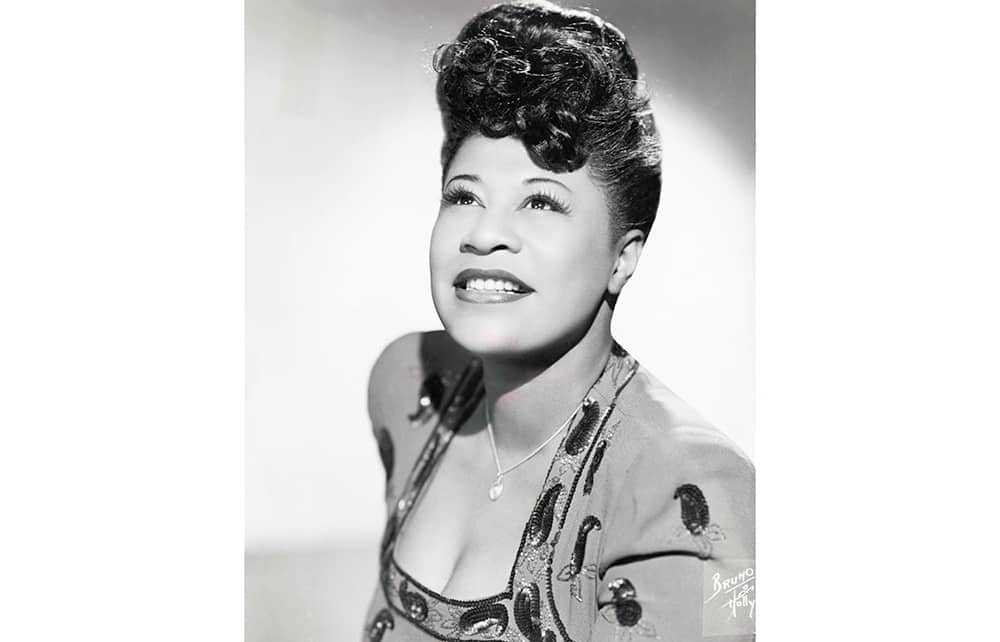Margo Jefferson’s Constructing a Nervous System compresses memoir and cultural criticism into one slim, explosive volume, and in doing so the Pulitzer Prize-winning author makes both forms new. Hers is a wry, intimate portrayal of a passionate and intellectual woman coming to maturity: ‘Older women’s tales… are hard to pull off,’ she writes: ‘They risk being arch.’ But Jefferson is never arch. Her eye is too keen and her aim too true. She turns her clear gaze and razor-sharp intellect on America past and present, where freedoms are skewed and limited by race and gender.
The book is about the second half of a life, which is where the real action – rather than the reaction of youth – takes place, though it is shaped by the first act: childhood, and the lineage of a family and culture. In the opening chapter, Jefferson sets out the terms of her engagement, writing that she grew ‘dissatisfied’ with ‘the stonemasonry model of the human self… that admires itself for saying go on’.
This rigid, inherited model, one that brought her some distance on her trajectory as a woman writer and critic, required her to ‘chisel away at the unworthy parts – then rebuild’. In order to thrive, she invents a new model of the self that is unfixed, that is alive; one that enables her to live fully and write freely. In doing so, she makes memoir – the genre du jour – tensile, alive and fresh:
I wanted it to become an apparatus of mobile parts, parts that fuse, burst, fracture, cluster, hurtle and drift. I wanted to hear its continuous thrum. THRUM go the materials of my life. Chosen, inherited, made up. I imagined it as a nervous system. But not the standard biological one. It was an assemblage. My nervous system is my structure of recombinant thoughts, memories, feelings, sensations and words.
Words have been central to her life and work (she was a book and theatre critic for Newsweek and the New York Times), as has music – particularly jazz, the soundtrack of her Chicago childhood. Her writing is a rare combination of richness and precision. It has the syncopation and the unexpected pivots of jazz, where the caesura – that small, resonant beat of silence – opens up worlds of meaning and belonging, where she finds herself reflected and where she fashions new versions of herself in and through the words of others. Writing about her grief for her dead parents and her departure from their strict, protective social and gender codes, she reworks a 1925 recording of Ethel Waters’s ‘No Man’s Mamma’, turning the jazz lyrics around to ‘I’m no good daughter now’.
Jefferson was born in 1947 into upper-crust black Chicago. Her father was the head of paediatrics at Provident Hospital, her mother was a socialite, and the family motto was ‘Achievement. Invulnerability. Comportment’. It was a world she brought vividly to life in her memoir Negroland. ‘I call it Negroland,’ she said, ‘because I still find “Negro” a word of wonders, glorious and terrible.’ In that book she mapped a life shaped by psychological and moral contradictions, as she reckoned with the civil-rights movement, feminism and the falsehood of post-racial America. It was hardly surprising she became a critic, she wrote: there was much to criticise.
She navigates the minefield of an often hostile, exclusionary society through books, music and films, offering a series of illuminating portraits of jazz greats, writers, both famous and obscure, dancers, athletes and stars. She juxtaposes W.E.B. Du Bois and George Eliot; examines the legacy of Ike Turner (‘his foul radiance haunts me still’); wrestles with Willa Cather’s aesthetics of whiteness and makes the black artists she writes about viscerally present. Of Ella Fitzgerald:
You laboured to be beautiful… you made your way to the centre of American culture… you turned the maw of black female labour into the wonderland of black female art.
Her chapter on Josephine Baker’s transformations, and the multiple ways in which she was viewed, is especially masterful:
I’d say [Baker] foreshadowed how we live here and now. We know, we declare vehemently that race is a construction. We also know that race is a construction site we’re not going to be leaving any time soon… What are we to do with her – with our – multiple selves, conjoined here, crosswired there?
Jefferson’s style, associative and elliptical, crosswires her own voice with those of the artists, singers, novelists and poets that fill her pages. ‘I steal,’ she writes. ‘I gobble. I bask in those moments when I am a fugitive from the confines of my own words.’
The great variety of voices that she makes audible is powerful and provocative. She blows open the American cultural landscape that she has mapped, tracked, disrupted and renewed for decades. Then, with the lightest and most elegant touch, she reassembles her subject, bringing it into sharp focus, electrified and transformed. Jefferson has that rare ability to make her reader see things anew.






Comments